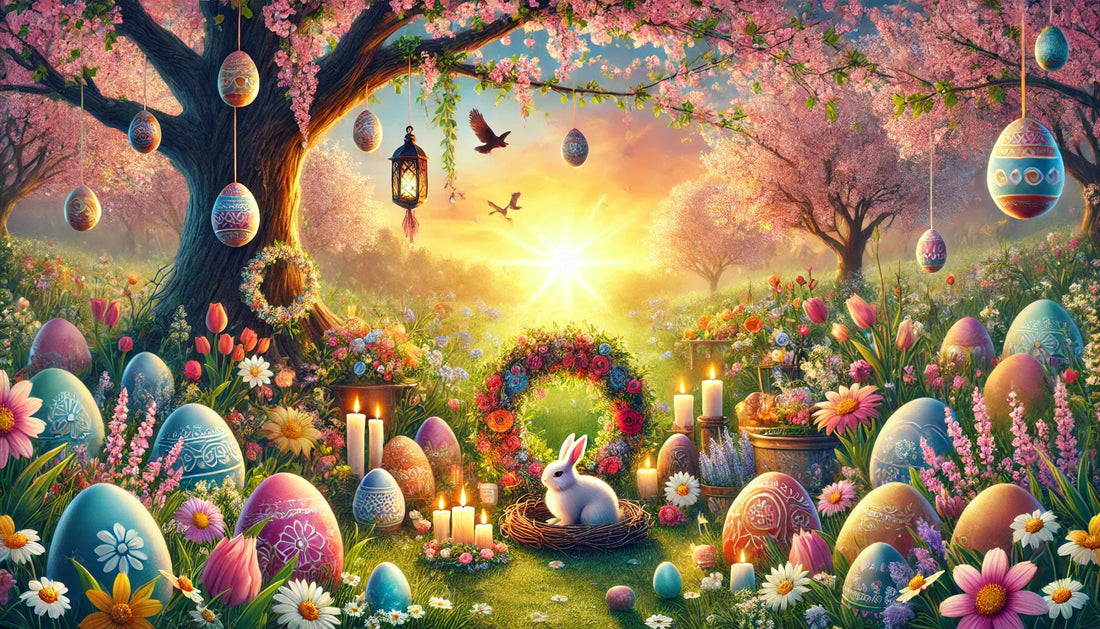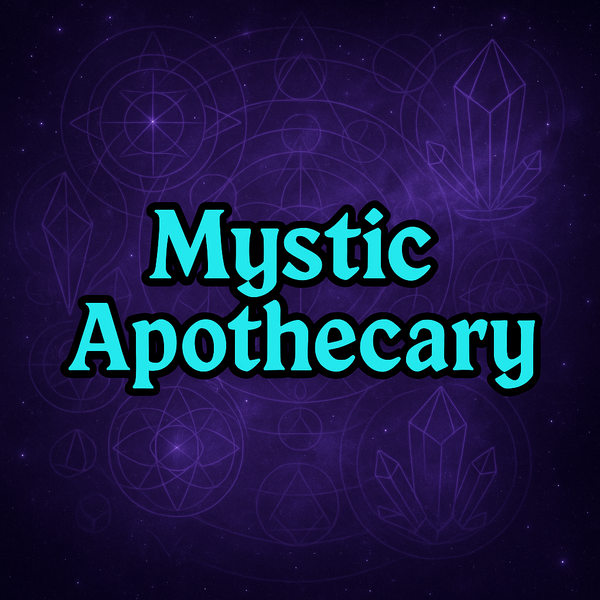
Ostara: The Celebration of Spring and Renewal
Cody ManesShare
The Awakening of the Earth
As the cold grasp of winter fades and the warmth of spring emerges, the festival of Ostara marks a time of renewal, balance, and fertility. Celebrated on the Spring Equinox, typically around March 20th or 21st, Ostara is a sacred time when day and night are of equal length, symbolizing harmony and the gradual return of the sun’s strength. This moment in the wheel of the year represents the earth reawakening from its slumber, shaking off the stillness of winter and bursting forth with life. The arrival of spring is felt in every corner of the natural world, from the chirping of birds to the blossoming of flowers, signaling that a new cycle has begun. This pagan holiday, rooted in ancient European traditions, honors the awakening of the earth, the blooming of flowers, and the promise of new life. It is a time of joy, abundance, and fresh beginnings, inviting practitioners to embrace the energy of growth and transformation. People may use this opportunity to realign their intentions, start new projects, or simply take a moment to appreciate the vibrant renewal occurring around them.
The History and Origins of Ostara
The name Ostara is believed to derive from the Germanic goddess Eostre, a deity associated with fertility, dawn, and the renewal of life. Her name is thought to be the origin of the word "Easter," as many modern springtime traditions have been influenced by these ancient celebrations. According to historical records, the Venerable Bede, an 8th-century Christian monk, documented the existence of a spring festival dedicated to Eostre, during which feasts were held in her honor. Though limited written accounts remain, the symbolism of Eostre and her connection to the cycles of nature have endured through oral traditions and folk practices. She is often depicted with hares, another fertility symbol, and was believed to bless the land with abundance as the days grew longer and warmer.
Ostara is closely connected to the cycles of nature and the balance of the seasons. Ancient cultures, including the Celts and Germanic tribes, observed the equinox as a pivotal moment in the agricultural calendar. They celebrated by honoring the land, planting seeds, and performing rituals to ensure a prosperous growing season. Many of these traditions were later woven into Christian observances of Easter, blending old pagan customs with newer religious practices. The integration of symbols such as eggs, rabbits, and flowers into modern spring festivals reveals the lasting impact of these ancient rites. As the years passed, the festival evolved, but its essence of rebirth and rejuvenation remains a core theme in contemporary pagan and Wiccan practices. Ostara continues to be a time for reflection, gratitude, and an opportunity to reconnect with the rhythms of the earth.
Spiritual Symbolism and Themes of Ostara
Ostara is a festival rich with symbolism, representing the cycle of life, renewal, and the balance of light and dark. The themes of fertility and abundance are prevalent, as this is the season when animals give birth, trees bud with new leaves, and flowers bloom in vibrant colors. The awakening of the natural world serves as a reminder of the cyclical nature of existence, encouraging people to embrace change and transformation. The egg, a powerful symbol of potential and new beginnings, plays a central role in Ostara celebrations, representing the creative force of life. The act of decorating and gifting eggs dates back to pre-Christian times, when they were used in fertility rites to bless the land and ensure a bountiful harvest. Rabbits, known for their rapid reproduction, are also associated with this festival and are believed to be sacred to Eostre, further reinforcing the themes of fertility and renewal.
Balance is another important aspect of Ostara, as the equinox represents the perfect equilibrium between day and night. This harmony serves as a reminder to seek balance within our own lives, whether through personal reflection, spiritual practices, or connection with the natural world. Just as the earth finds balance between darkness and light, individuals are encouraged to assess their own energies, relationships, and goals, ensuring they are aligned with their highest intentions. Many practitioners take this time to cleanse their homes, bodies, and minds, releasing the stagnation of winter and welcoming the fresh energy of spring. Through acts of self-care, meditation, and mindfulness, Ostara provides an opportunity to embrace clarity, hope, and a renewed sense of purpose.
Rituals and Celebrations of Ostara
Ostara celebrations often involve rituals that honor the earth’s renewal and invite prosperity into one’s life. Planting seeds, both physically and metaphorically, is a common practice, symbolizing growth and the manifestation of future goals. Many people create altars decorated with fresh flowers, pastel-colored candles, and symbols of fertility such as eggs and hares to align with the energy of the season. These sacred spaces serve as focal points for intention-setting, meditation, and gratitude, helping practitioners deepen their connection to nature and the shifting energies of the equinox.
Outdoor rituals, such as sunrise meditations or nature walks, allow practitioners to connect deeply with the changing landscape. Offering gratitude to the land, collecting wildflowers, or simply observing the beauty of spring can be powerful ways to honor Ostara. Engaging in these activities fosters a sense of mindfulness, helping individuals feel attuned to the rebirth occurring all around them. Some may choose to perform fire or candle rituals to symbolize the increasing power of the sun and the return of warmth and light to the world. As the lengthening days bring new energy, these rituals serve as a reminder of the inner light that resides within us all, encouraging self-growth and new possibilities.
Feasting is another central aspect of Ostara, with foods that reflect the themes of renewal and fertility. Fresh greens, dairy products, honey, and eggs are commonly included in celebratory meals. Sharing a meal with loved ones and embracing the abundance of the season fosters a sense of community and connection. These feasts often feature homemade breads, herbal teas, and seasonal fruits and vegetables, honoring the nourishment that the earth provides. As a time of renewal, Ostara encourages not only gratitude for the abundance of the land but also the sharing of blessings with others.
Embracing the Energy of Ostara
Ostara is a powerful celebration of rebirth, light, and the promise of new beginnings. It is a time to embrace the beauty of the earth’s awakening and to welcome the abundance and opportunities that spring brings. Whether through rituals, offerings, or simple acts of gratitude, honoring Ostara allows us to harmonize with the cycles of nature and step forward with renewed energy and intention. As the wheel of the year turns, may Ostara inspire growth, joy, and balance in all aspects of life. Through acknowledging this sacred time and aligning with its energy, individuals can cultivate a deep appreciation for the ever-changing seasons and the endless possibilities they bring.
Ready for more? Dive into our next topic: The Wheel of the Year
